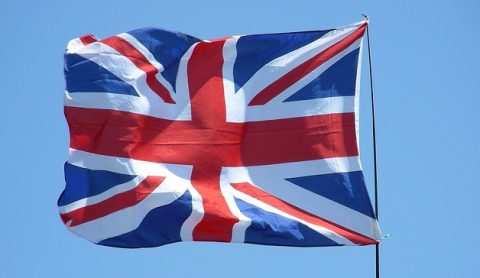
By Jens Nielsen, Director, Procurement, A2SEA A/S
For foreign-based companies, doing business in the UK offshore wind industry requires a convincing demonstration of commitment to using local skills and infrastructure. And it’s probably fair to say that, for many, hiring locally based workers and setting up supply contracts with the local business community is viewed as a necessary, but not strictly desirable, activity. In reality, they would rather do the job with as many of their own, tried-and-proven resources as possible.
Going against the flow
A2SEA’s viewpoint, however, is quite the opposite. Our philosophy, brought about by many years of experience with projects in the UK, Germany, Denmark, the Netherlands, Taiwan and more, is to embrace local content as fully as possible. Why? Because we’ve learned that this is the best way to do good, long-term business for A2SEA, for its customers and for the communities that will become home to each new offshore wind farm. And it’s a philosophy well matched to increasing demands for local content, particularly in the UK.
How far can we go?
Two of the most essential elements for a turbine installation company like A2SEA are vessel mobilisation and the provision of sea fastenings. And today, both elements have joined our preferred local content list.
Take the UK, for example, where we have two offshore wind turbine installation projects starting this year: Dudgeon Sands (delivered out of Hull) and Burbo Banks (delivered from Belfast). In days gone by, A2SEA would have functioned as the prime contractor for the mobilisation, responsible for day-to-day site planning and control, management of vendors and trades, and the communication of information to all involved parties throughout the course of a mobilisation. Now, we are able to offer complete mobilisation work packages to shipyards, conferring more responsibility and control to the yard and focusing our quality assurance processes around an agreed set of interfaces and interactions.
For the two upcoming projects, therefore, A2SEA’s business model required that we identify, audit, select and train UK-based suppliers for mobilisation, sea-fastenings, A2SEA HSEQ requirements and more.
Going shopping
To start with, external consulting services were brought in to help create the best possible plan for the outsourcing process. And with the plan in hand, we set things in motion.
Working together with governmental and private bodies such as RenewableUK and the British embassy in Copenhagen, we made a long list of potential suppliers that could make sense. The list was also fueled by participating in local industry clusters, all of whom were keen to build their offshore wind business. We cast our net wide, looking for everything from welding, hydraulics, provisioning, cranes, scaffolding, divers and crew transfer vessels, to helicopter services. And we set up a dedicated website where suppliers could register their interest.
We then looked more closely at each name on the list, whittling it down to a shorter, more realistic length. Next, for larger work packages, an A2SEA team went on a tour to visit the remaining suppliers. And by the beginning of 2016, we had compiled a much smaller, but well-qualified group to invite to the tendering round planned for February for the next UK projects.
High quality demanded
It shouldn’t come as a surprise to anyone that A2SEA has very high quality and safety standards. Furthermore, they’ve been developed and refined specifically for offshore wind installation. During the UK selection process, we were lucky to meet suppliers with well developed HSEQ and QA capabilities in their own specific areas, along with the right certifications. And we also found them ready and willing to invest in bridging their capabilities with those of A2SEA.
Local success
At the time of writing, the sea fastening and mobilisation work packages for the next UK projects have been awarded (A&P Group for Dudgeon, Cammell Laird for Burbo Banks Extension) and both projects are in the execution phase of approval, with the implementation phase beginning and ending during August. And local suppliers for vessel maintenance and the like are in place or in the final stages of negotiation.
Naturally, A2SEA’s highly successful Supplier Safety Days, where we gather everyone and go through our unique approach to HSEQ, are part of the effort. We keep things as operational as possible, too, making sure to stay at a level that makes it easier to bridge the offshore wind world with UK maritime traditions.
Like this post? Subscribe now and get notified about new content!